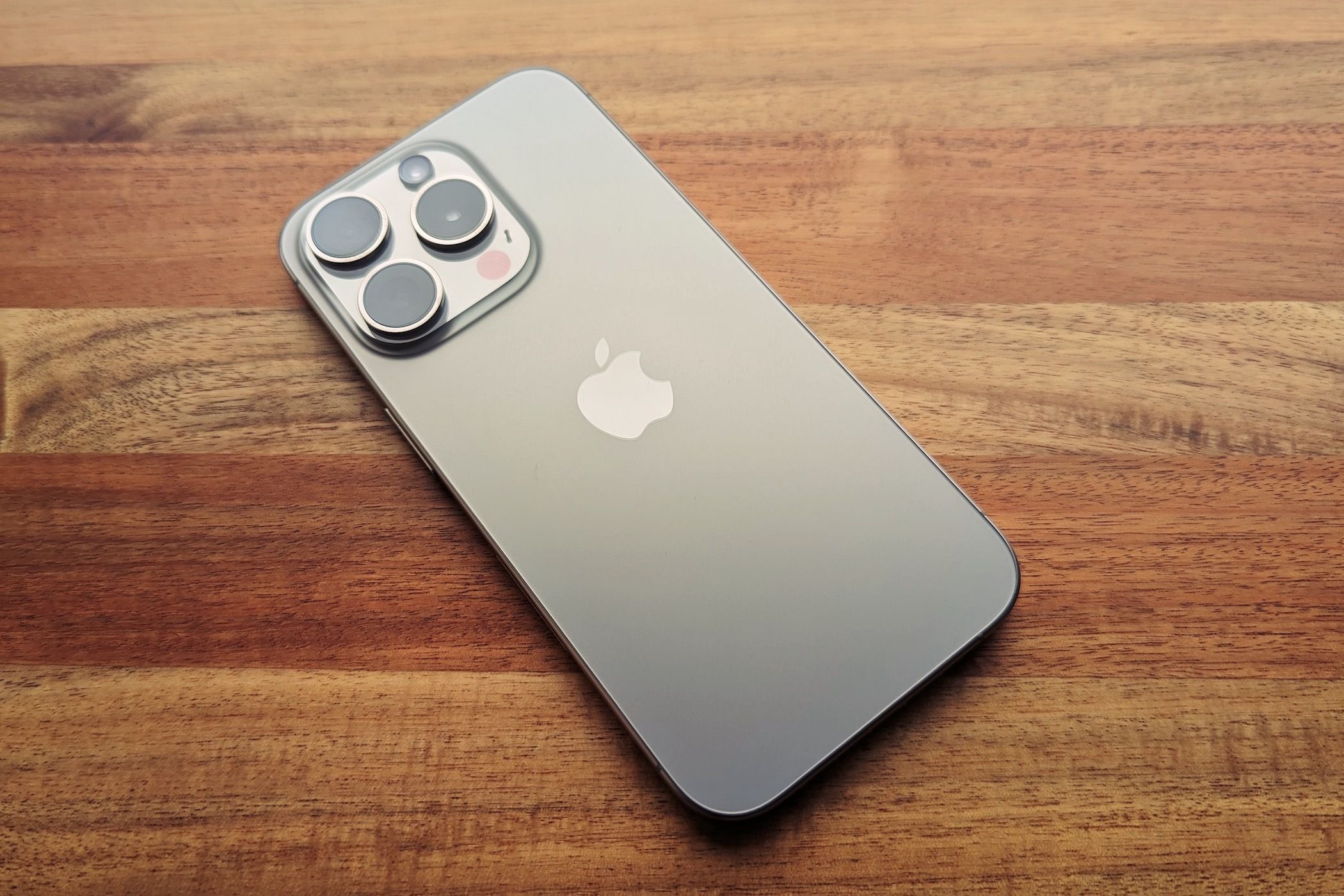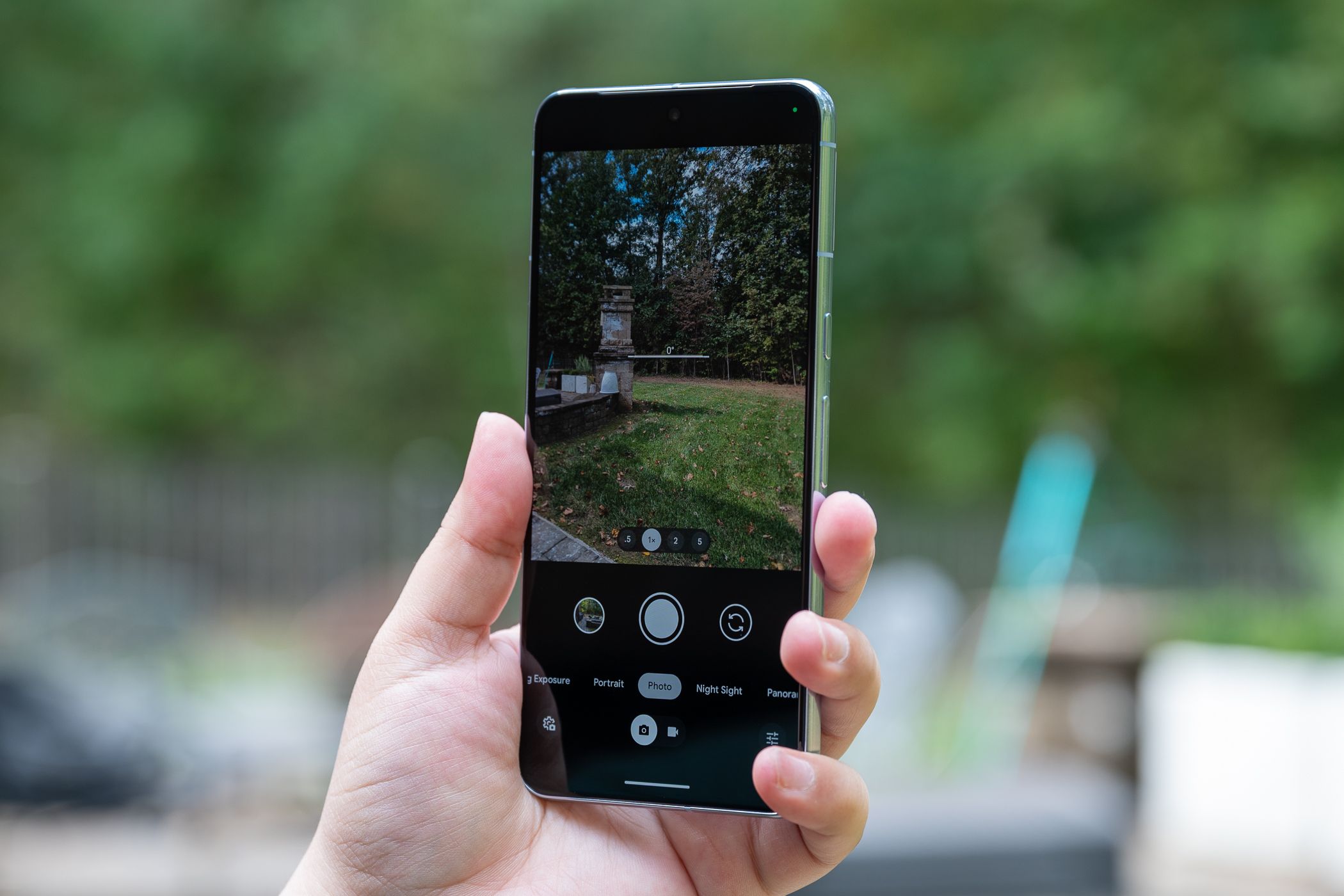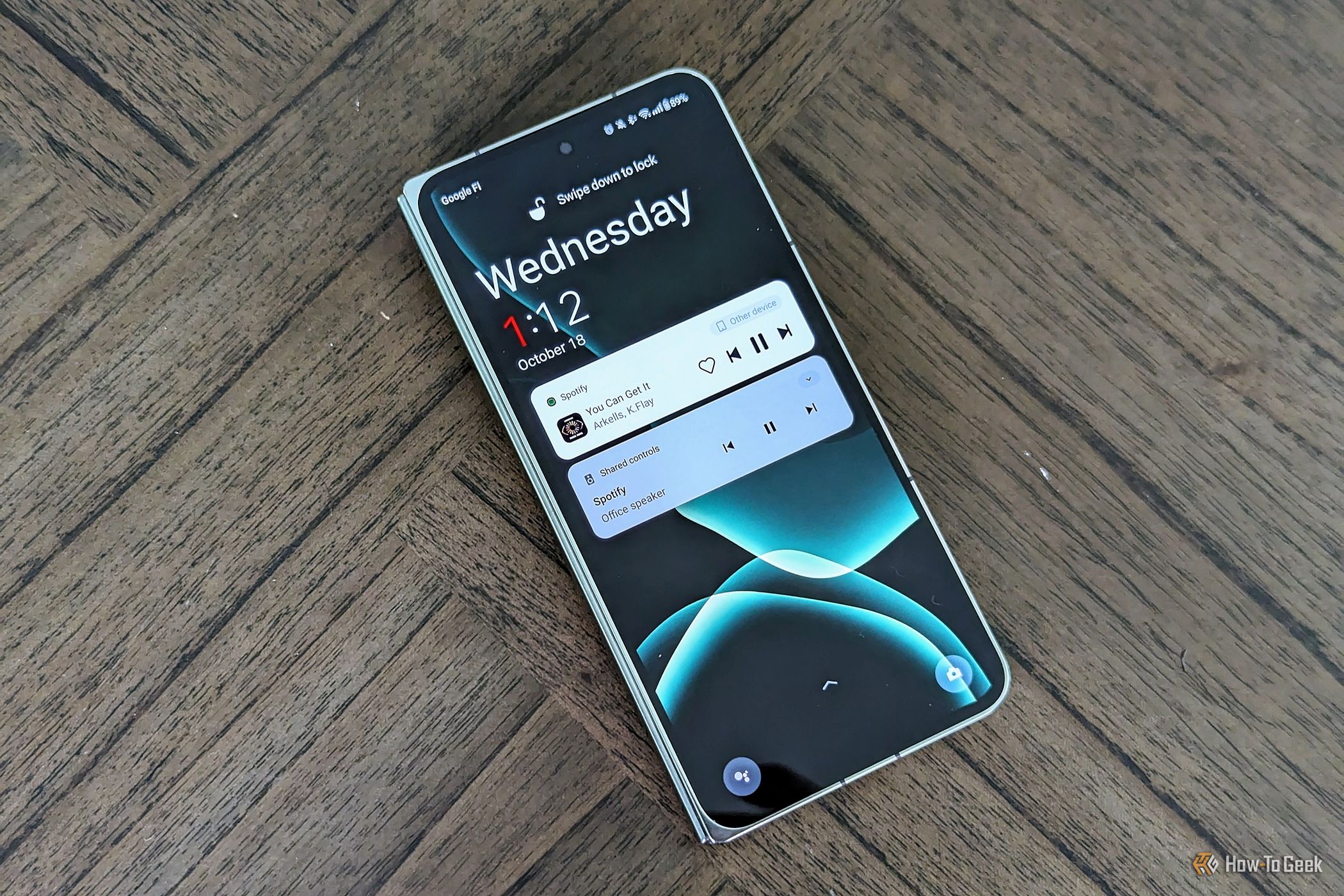
The Truth Behind Unremarkable Smartphone Aesthetics: Quality Over Style

The Truth Behind Unremarkable Smartphone Aesthetics: Quality Over Style
Quick Links
- We’ve Figured Out How to Make Good Phones
- Consistency Is Good for Brand Recognition
- You Can Still Switch Brands to Try Something New
- You Can Get a Better Version of the Phone You Already Have
- We’re More Productive When Things Stay the Same
- Redesigning Hardware Is Less Sustainable
- Even Techies Don’t Want Change As Much As We Think We Do
Key Takeaways
- Good smartphones designs remain consistent in part because there are limited ways to make powerful, durable, and comfortable devices.
- Consistency aids in brand recognition, letting people distinguish between brands based on design features.
- Familiarity and predictability are vital aspects of devices that we depend on for work.
- Technology consumers, including techies and reviewers, ultimately reward companies for making similar devices.
It’s exciting when a new phone feels completely different from what came before. Thing is, that’s not what most people actually want. When a smartphone design is good, we want it to stay good, and frankly, most modern phones are good. That phones largely look the same year after year is actually a blessing, not a curse.
If you’ve walked away from the latest phone unveiling feeling underwhelmed by the lack of change, here’s the bright side of the status quo.
We’ve Figured Out How to Make Good Phones
When a technology is new, experimentation is the name of the game. We don’t already know which design is the most durable, how to make gadgets waterproof , or how to allow for passive cooling . We’re not even sure which of these things is important.
That’s not where we are anymore. Smartphone makers have figured out how to make incredibly powerful, lightweight, beautiful, and impressively durable devices. There are ways to tweak the design, but doing so often introduces drawbacks. This is why we are in the age of smartphone conformity . When it comes to slab phones, changes in design are largely change for change’s sake.
Even when it comes to foldable phones, developers know how to make great ones. Most of the experimentation has to do with durability and miniaturization, making components small enough that you can still fit flagship cameras on a device where each half needs to be thinner than that of an average phone. It would also be nice to get rid of the crease. But the fundamentals? Those are nailed down already.
Consistency Is Good for Brand Recognition

Tyler Hayes / How-To Geek
Most people don’t closely follow the release of every new phone. They buy their phone, they wait two or three years, and then they get a new one. If they like the phone they have, then they probably look for a phone similar to the one they already own.
Now that all phones are similarly shaped slabs, people tell the difference between brands by the differences in their design. iPhones have their cameras arranged in a square. Samsung’s phones have three or more cameras lined up in a row. Pixel phones have a Star Trek-looking visor. OnePlus’ phones have massive camera bumps that are a third of the size of the phone.
Each release can seem boring when new phones have the same characteristics as outgoing models, but changing these aspects can remove what we’ve come to associate with each brand. If every brand were to constantly change their designs with each release, then it would be hard to distinguish between them. This year’s Pixel could have more in common with the top Galaxy phone from three years ago than the Pixel from the year before, and what would be the upside?
You Can Still Switch Brands to Try Something New
A wide range of varying smartphone designs still exist. These differences simply exist between brands rather than specific models. If you like a muted minimalist design, Samsung caters to that. If you want your smartphone brand to serve as a status symbol, iPhones have an Apple logo that’s easy to see. If you want hardware that lights up or feels very cyberpunk, buy a Nothing Phone or an ROG Phone.
The same is true of the software experience. Apple and Google phones place a premium on having a cohesive experience that offers the essentials. Samsung offers people the ability to tweak whatever they want. Motorola and ASUS offer experiences that lie somewhere in between.
When you’re bored, satisfy your thirst for novelty by switching brands, but know you can switch back to the familiar when you so choose.
You Can Get a Better Version of the Phone You Already Have
If you really like the phone you have, sometimes all you want from a newer model is a version that is very similar but slightly improved and refined. You want higher specs, bugs fixed, and maybe a few additional software features. Perhaps the physical design could be slightly thinner (or, despite what most reviewers prioritize, thicker) with smoother curves. That’s good enough.
If you fell in love with an Android phone back in the day when so much was in flux, you likely can’t buy a phone like it anymore. Google’s modern Pixel phones are very different from the company’s old Nexus line. Newer Samsung phones have little in common with the Galaxy SIII. Yet, since the newer phones from both companies have been more consistent, if you like them, you can feel more comfortable knowing you can continue to get them in the future.
This has worked in the iPhone’s favor for a long time now. Each iPhone is a known quantity. The removal of the home button, the expansion of the screen size to fill the entire front of the device, and the addition of a camera bump are perhaps the most notable changes to the design of the phone since the release of the first model. This gradual evolution has meant that from year to year, each iPhone looks recognizable to people who own previous models. The software has expanded, but it has come with a degree of consistency that Android has not had over the same period of time.
We’re More Productive When Things Stay the Same

Justin Duino / How-To Geek
Many of us crave fun experimentation when we’re younger, but this fades as we get older. Every small change can throw off our work schedule. If I go to activate a feature that apparently no longer exists, I now have to spend part of my day figuring out a new option. Even changing a setting can throw off an hour of work. Consistency is a feature. Change is a bug.
Predictability is even more vital now that more of us work remotely. We choose the tools that help us get the job done, and we depend on those tools to be available every time we need them. Few people are happy to discover that Zoom has moved things around when they’re trying to give a presentation. That frustration is also there when we need to take a photo or share a file only to find a function has been renamed, moved, or deleted.
If I’m switching brands, I’m consciously choosing to learn something new. If I’m sticking with the same company, part of the appeal is I know what I’m getting. At least, that’s the hope.
The Galaxy S23 Ultra may have looked near identical to its predecessor, but according to Android Police , the former outsold the latter by over 6 million units. Samsung was not punished for keeping so much the same. If anything, it was rewarded.
Redesigning Hardware Is Less Sustainable
One aspect of our modern economy is that things that were perfectly fine get changed for no reason other than to convince consumers to buy something they already have all over again. This is inherently wasteful. Compared to most industries, the tech industry’s replacement cycle is even faster. We might own a hammer for ten or twenty years without giving it much thought. A laptop? Maybe five. A phone? Every other year or so. Manufacturers and carriers alike want us to upgrade our phones often .
Whenever a phone changes, that means old cases no longer fit. We often have to throw out old charging cables and replace our earbuds. The impact throughout the supply chain is greater. All kinds of modules have to be resized and retooled. The more things that can be kept the same each year, the more we and manufacturers can reuse the stuff we already have.
Even Techies Don’t Want Change As Much As We Think We Do

Joe Fedewa / How-To Geek
Those of us who review gadgets tend to discourage innovation more often than we think. Consider how Samsung used the fact that the Z Fold line can flip open to experiment with making the device more narrow and easy to hold. Many have complained that it isn’t the size and shape of a standard phone. In contrast, people have praised the newer OnePlus Open for looking like a standard slab phone when closed. The holy grail, apparently, is for foldable phones to be almost indistinguishable from slab phones.
This is but one example of a general trend. Reviewers tend to ding phones for being different from the devices they prefer, and they reward devices for copying the best features from the competition. The result is that hardware is incentivized to become largely the same. It’s what we want.
Making a phone better while still looking the same is still an innovation. A moleskin notebook in 2030 doesn’t need to look different from one released in 2010. It’s still a good-looking notebook. We’ve reached the point where the same can be said of smartphones, and that’s a good thing. We don’t need companies investing their R&D dollars in making phones look slightly different year after year. Let’s figure out how to make something else now.
Also read:
- [Updated] 2024 Approved Export Live Webcam Video Through VLC
- [Updated] Peering Into Pitfalls A Deep Dive Into VR Shortcomings
- [Updated] Unpacking the Enhancements in Sony S6500 BDP
- A Comprehensive Walkthrough of YouTube Timestamping Techniques
- Accidental Deletions? Here's How You Can Retrieve Accidentally Deleted MMS on Your iPhone
- Complete Guide: Reinstalling Your iOS with an iCloud or iTunes Backup
- Complete Guide: Retrieving Lost SMSes on iOS and Android Devices
- Comprehensive Guide on ApowerRescue - Insights Into Capabilities, Value for Money & Other Options Available
- How to Send and Fake Live Location on Facebook Messenger Of your Vivo Y27 4G | Dr.fone
- How to Update Apple iPhone 6 to the Latest iOS Version? | Dr.fone
- In 2024, How to Cast Apple iPhone 7 to Chromecast? | Dr.fone
- Perfect iPhone Silhouette Captures 101 for 2024
- The Ultimate PSVR N Games Index: All Announced Releases at a Glance
- The Ultimate Technique for Retrieving Deleted Content on iPhones - Discover Here
- Title: The Truth Behind Unremarkable Smartphone Aesthetics: Quality Over Style
- Author: Daniel
- Created at : 2025-02-17 04:46:06
- Updated at : 2025-02-20 05:37:58
- Link: https://os-tips.techidaily.com/the-truth-behind-unremarkable-smartphone-aesthetics-quality-over-style/
- License: This work is licensed under CC BY-NC-SA 4.0.